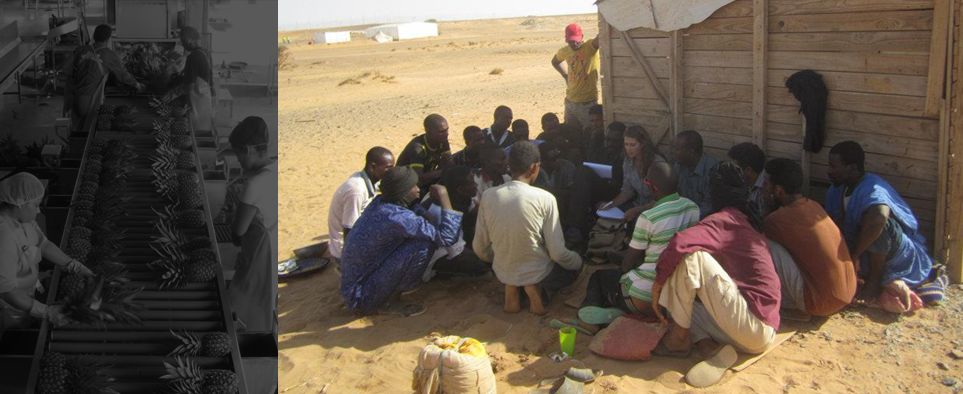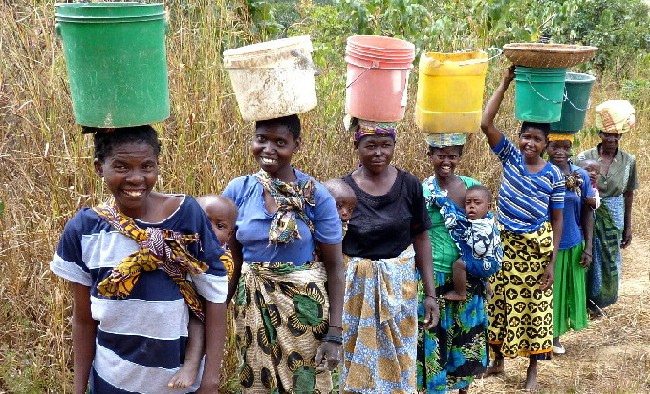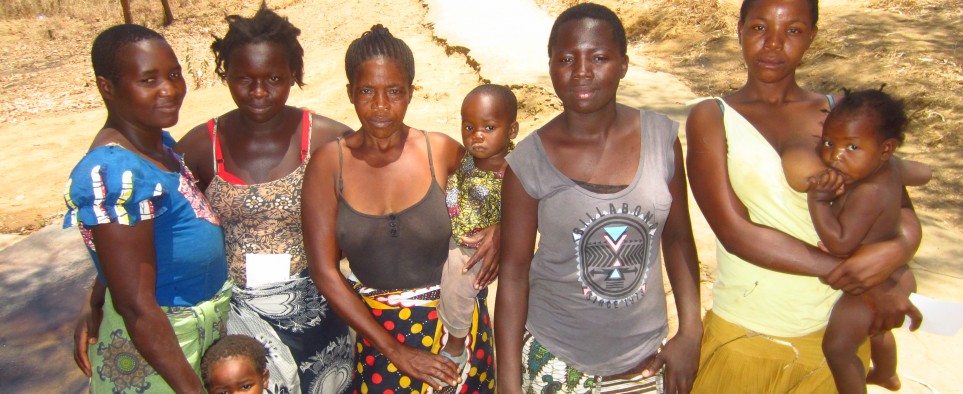This entry was originally posted at the London School of Economics Measuring B&HR website, available here.
When we talk about business and human rights, we are necessarily talking about how companies affect people. This is because corporate responsibility towards human rights boils down to a “do no harm” principle.
Since the point of the business and human rights movement is to ensure that businesses do not contribute to human rights violations, indicators must ultimately evaluate whether business activities generate negative human rights outcomes. Such indicators are referred to as “outcome” indicators, as contrasted with “process” and “policy” indicators.
Process and policy indicators evaluate the mechanisms companies put in place to hold their operations to human rights standards. There is clear value to policy and project benchmarks, insofar as they establish internal standards for a corporation and are accessible to investors and evaluators. However, measurements of a company’s stated commitment and professed engagement with the topic provide little more than a hint of a company’s actual respect for (i.e. impact on) human rights. Because they do not indicate whether a company is successfully implementing those processes, let alone whether those processes successfully respect human rights, it is crucial that extreme caution and perfect clarity be used when referring to them as business and human rights indicators.
Often process indicators are attractive because they can be relatively easy to verify and report. But this attraction can be counterproductive if they are not, in fact, indicators of actual human rights violations. For example, in a country where child labor is common, a company might institute a policy banning child labor in the workforce and a process requiring jobseekers to present an ID showing that they are over 18 years of age. The policy and process aim to respect the rights of children. An auditor could verify that the company does regularly and routinely check IDs, giving it high marks for this process indicator. The company could then publicize its verified respect for human rights. But if the country where this takes place has notoriously ubiquitous ID fraud, and teens can cheaply buy identification documents in the market, checking an ID card may have little meaning. If the company knows and exploits this fact to intentionally hire children, the process indicator does not reveal the human rights violation. Instead it hides the truth. Process can be honored and human rights violated.
This puts evaluators and auditors in a bind. How can one audit whether a business impacts child labor when process indicators are poorly correlated with outcome indicators? The only reasonable answer at present is: only the rightsholders can verify outcomes.
An iterative process of engaging rightsholders to establish the adequacy of policies, processes and outcomes has been central to NomoGaia’s approach to human rights impact assessment. Over six years, we have generated an increasingly complete and coherent list of indicators for evaluating large footprint, capital intensive projects like mines, oilfields and dams. At the project level, human rights impact assessments compile environmental, social, political, health, education and labor indicators to generate human rights ratings, which are then subjected to evaluation by direct engagement with affected rightsholders. The view from the ground enables us to look back up the corporate structure to evaluate whether the policies and processes endorsed by the company are (a) effectively promulgated, and (b) sufficient to ensure respect for human rights.
Here, a new challenge for policy and process indicators arises. Because policies and processes are only as good as the outcomes they generate, and because outcomes result from interplay between context and business activities, there is no universal benchmark for the adequacy of a process, and therefore of a process indicator. For example, when operating in areas where HIV prevalence rates are high, companies should establish specific HIV/AIDS processes to avoid increasing transmission and to avoid exacerbating the discrimination faced by seropositive people. An HIV process which consists solely of ensuring that HIV status will not be a factor for hiring might be adequate in a location where access to counseling, testing and treatment is readily available. In areas where such services do not exist, an infection can be a death sentence, and thus a much more robust process will be needed.
Does this mean that a quest for business and human rights indicators is futile? On the contrary, it means that concrete benchmarks are vitally important to help generate better policies, processes and outcomes over time. As outcome indicators become more robust, policies and processes can improve, which will increase the usefulness of policy and process indicators. In addition, the approaches generated by leading companies can set new benchmarks as they find what works. The more that companies share their struggles and success with human rights impacts, the more thorough this understanding will become.
What will bring real progress is transparency, and the discussion board that the MB&HR initiative has launched is a step in the right direction.
Kendyl Salcito and Mark Wielga






